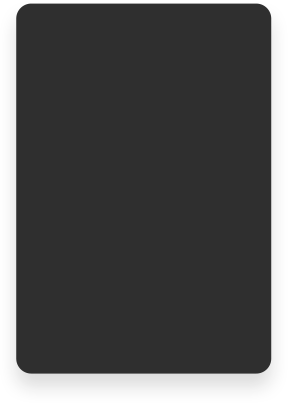Is It Possible To Repair Damaged Fiber Optic Cable?

As fiber optic cables become the default choice for carrying massive amounts of data in networking and telecommunications systems, it’s important to consider what happens if a cable is ever broken or damaged. Unlike their copper counterparts, fiber optic cables are not easy to splice, though methods like fusion splicing can produce acceptable results in many cases. But is it worth the cost?
What Is Fusion Splicing?
When repairing broken fiber optic cables, there are two common splicing methods: mechanical splicing and fusion splicing. Mechanical splicing requires cutting the cable and joining the sections with a specialized connector that aligns and holds the cable ends in place. The resulting splice can reduce the integrity of the signal and can prove to be unreliable. Fusion splicing is the most common and reliable method of repairing or fixing fiber optic cables, and it employs an electric arc to do so, similar to the process of welding metals together. The cable is cut, the ends are cleaned, and they are fused using an automated machine that heats and melts the two halves together. It produces a relatively reliable splice with minimal signal loss or reflectance.
Should You Repair or Replace Fiber Optic Cables?
Although fusion splicing works well for repairing fiber optic cable, it works best on single-mode fiber and is less reliable on multi-mode fiber, where slight misalignment can significantly affect signal integrity. And because it requires specialized training and equipment, fusion splicing can be quite costly, coming in at anywhere from $60 to $120 an hour for repairs. In many cases, replacing the fiber optic cable will be the best choice for long-term reliability and signal integrity, and it can be quite cost-effective. Fusion splicing is often ideal for areas where cable replacement is difficult or not recommended, such as cables in fire-rated walls, cables at building entryways, or underground cable applications.
The Benefits of Replacing a Damaged Fiber Optic Cable
Although repairs are possible in fiber optic cables, often, it’s better to replace the damaged or broken cable. Installing a new fiber optic cable can provide the following benefits:
- Less signal loss and reflectance
- Better data integrity
- Greater long-term durability
- No need for specialized training or equipment
- No costly third-party repairs
In most situations, replacing the damaged fiber optic cable will be the easiest, most reliable, and most cost-effective option for on-premises repairs.
Fiber Optic Cabling Solutions in Tucson & Phoenix, AZ
When you need to replace fiber optic cabling in your Arizona office or commercial facility, turn to our experts at Corporate Technology Solutions. We offer fiber optic cable installations and structured cabling solutions throughout southern Arizona, and we serve all types of businesses, from telecommunications companies and data centers to schools, hospitals, banks, industrial facilities, and government buildings. We feature top-quality cabling solutions, over 20 years of experience, 24/7 support, and a 100% satisfaction guarantee.
For more questions about fiber optic cabling or to request a cable replacement quote, contact our fiber optic experts at Corporate Technology Solutions today.







